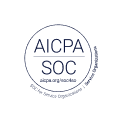Ratings and reviews
Award-winning experiences, backed by real users.
Hear directly from our customers on G2 and TrustRadius.
Based on 1045 reviews from


V
Verified Reviewer
Technology
GlobalUnited States
May 28, 2024
Love the product; essential for driving better business outcomes
V
Verified User in Information Technology and Services
UX ResearcherTechnology
EnterpriseUnited States
May 28, 2024
Rekrutieren Sie so viele Teilnehmer wie Sie benötigen in MINUTEN mit einem detaillierten Screener.

Shaina Carvalho
Design LeadEducation
Small business or StartupBrazil
May 28, 2024
Easy to use and instant results
V
Verified User in Telecommunications
Senior UX ResearcherMedia & entertainment
GlobalUnited Kingdom
May 28, 2024
Nützlich für unmoderierte Benutzertests
V
Verified User in Financial Services
Senior Product ManagerFinancial services
Small business or StartupUnited Kingdom
May 28, 2024
Fantastisches Werkzeug, um schnell Feedback zu erhalten
V
Verified User in Computer Software
UX ResearcherTechnology
GlobalUnited States
May 28, 2024
UX-Forscher
Corey Stone
FounderTechnology
EnterpriseUnited States
May 28, 2024
Robustes Werkzeug, das großartig für schnelle Ergebnisse ist.

If your customers are always right, why not ask them?
Get fast feedback and real human insights—start now.


